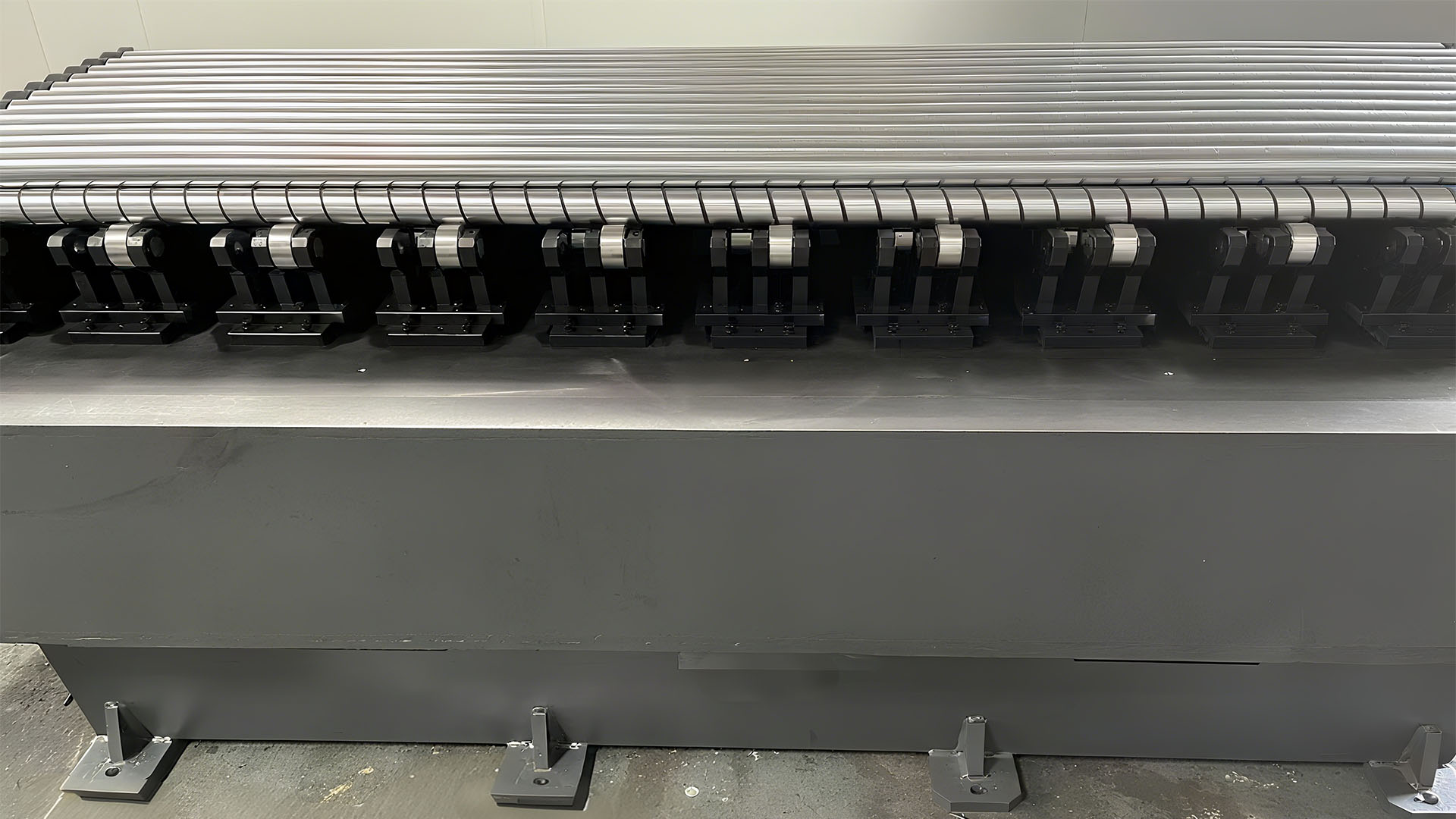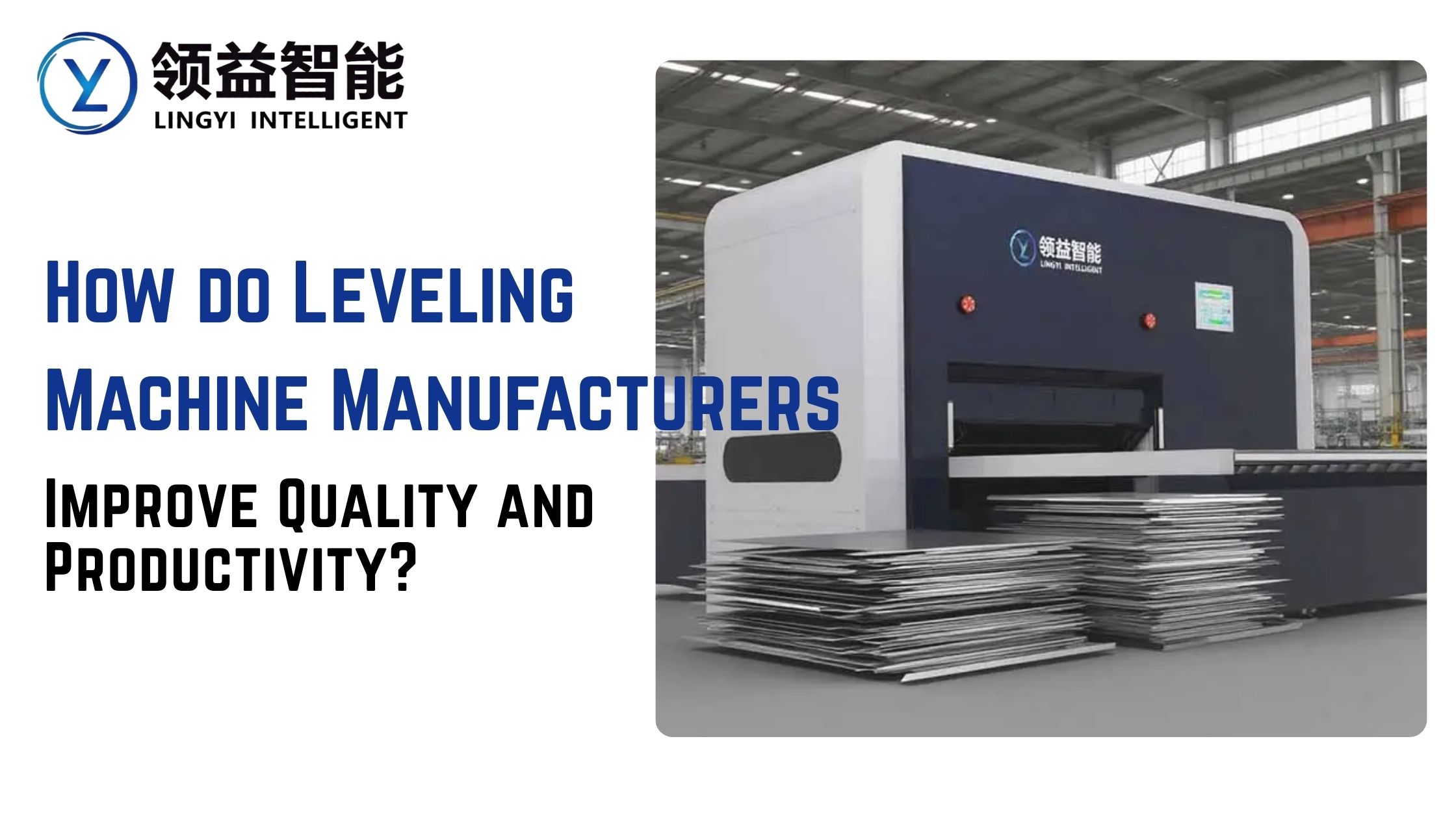
Flattening metal sheets is essential for several reasons:
1. Surface Preparation: A flat surface is necessary for further processing, such as cutting, welding, or painting. Any warps or bends can lead to uneven results.
2. Improved Fit: In assembly processes, flat metal sheets ensure a better fit of parts, which is crucial for structural integrity and functionality.
3. Enhanced Aesthetics: Flattened sheets provide a smoother appearance, which is important for visible components in products.
4. Material Strength: Flattening can help relieve internal stresses in the metal, improving its overall strength and durability.
5. Ease of Handling: Flat sheets are easier to handle, transport, and store compared to warped or bent sheets.
6. Precision in Fabrication: Many fabrication processes require precise dimensions and flatness to ensure accuracy in the final product.
Flattening metal sheets is a critical step in metalworking and manufacturing processes.
In metal processing and manufacturing, the metal sheet flattening process is an essential “quality control checkpoint”. Its quality directly impacts the smooth progression of subsequent production stages and the final product’s quality. The aerospace industry’s stringent requirements for high-precision components, the automotive industry’s pursuit of extreme flatness in automotive body panels, and the standardized specifications for the appearance and performance of metal casings in appliance production all rely on the robust support of the metal sheet flattening process as a critical step.
Metal sheets are prone to various deformation issues such as bending, warping, and waviness during preliminary processes like rolling, cutting, and transportation. These issues result from external forces, temperature changes, or uneven internal stress distribution. If these unflattened metal sheets are fed directly into the next process, they will cause significant complications in subsequent processing. Uniform metal sheets are crucial for stamping and forming processes. Uneven sheets cause uneven force distribution, which damages the dies and results in dimensional accuracy deviations, surface wrinkles, or cracks in the stamped parts. This severely affects the product’s performance and service life. However, metal sheets that have undergone precise flattening treatment can effectively eliminate internal stresses. This ensures that the flatness and straightness of the sheet surface meet the specified standards. This provides a stable and reliable foundation for subsequent processing operations such as welding, cutting, and bending. As a result, processing errors are significantly reduced and production efficiency is improved.



